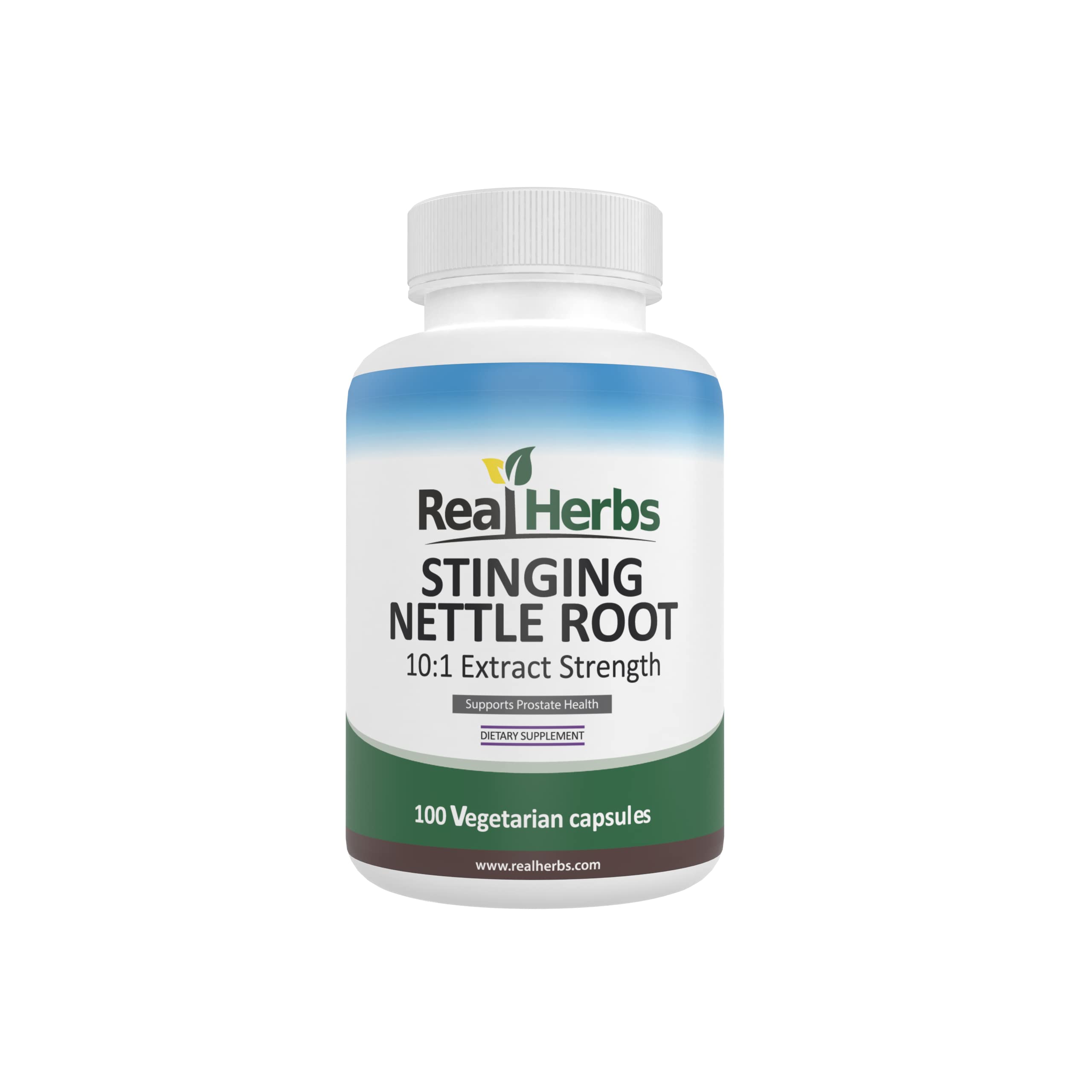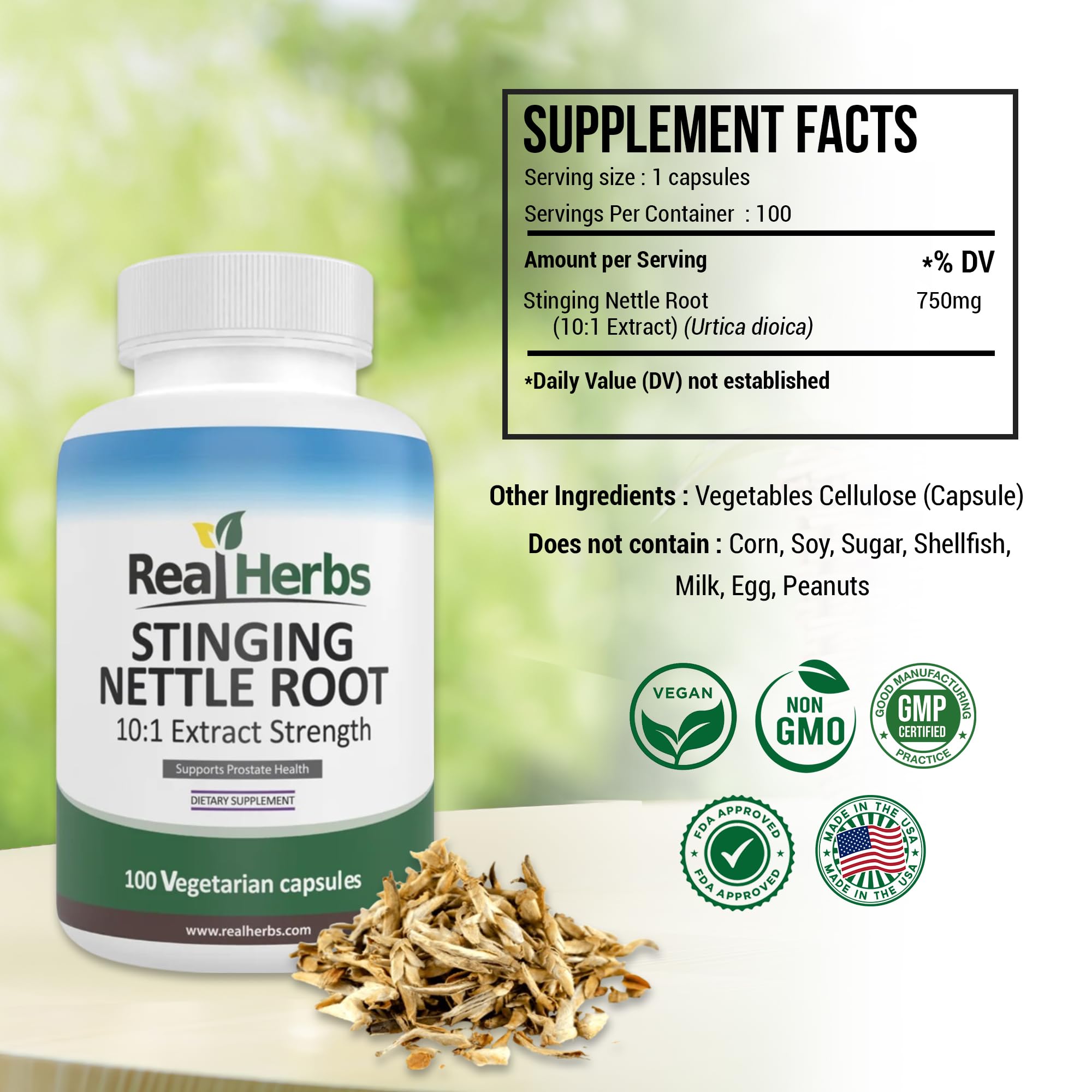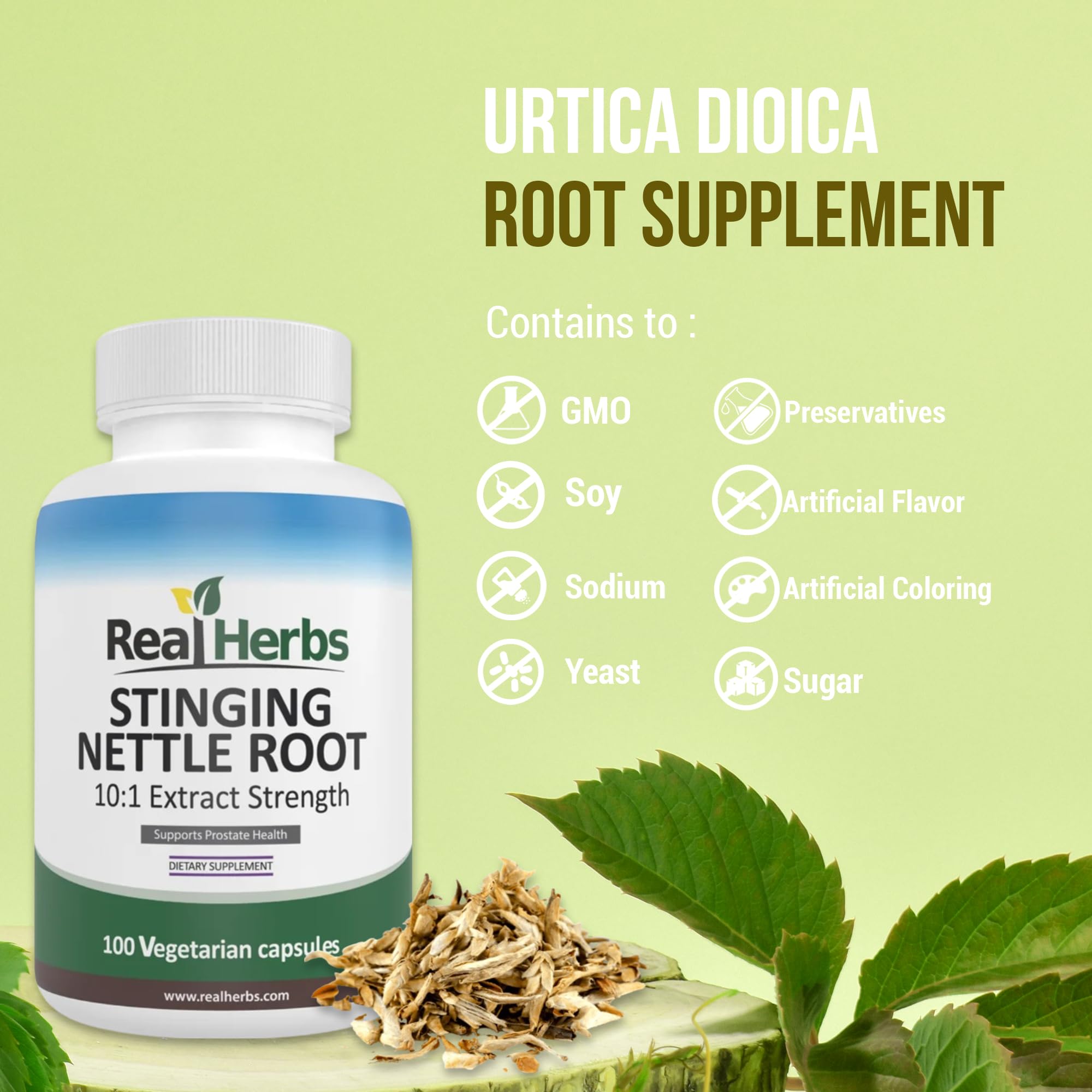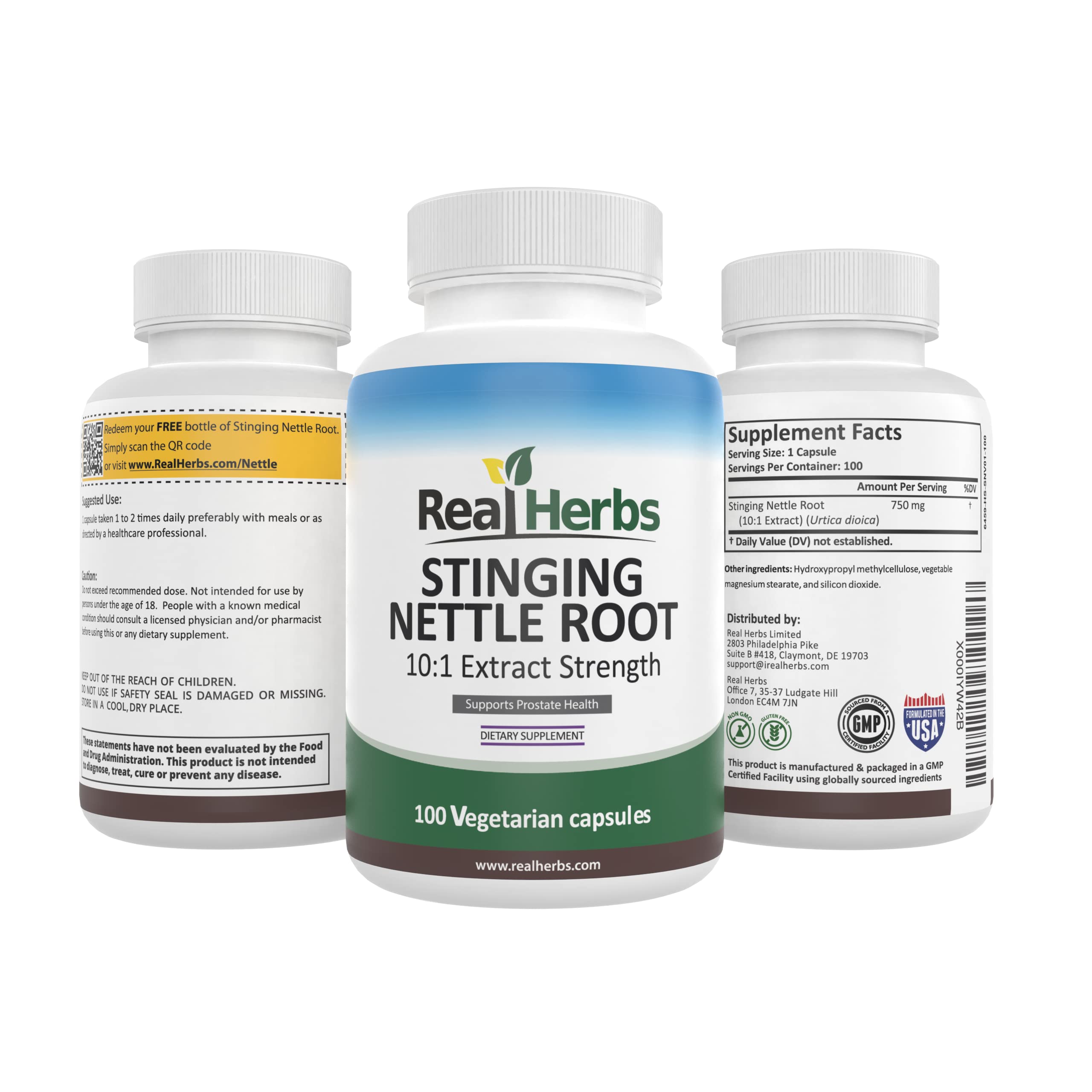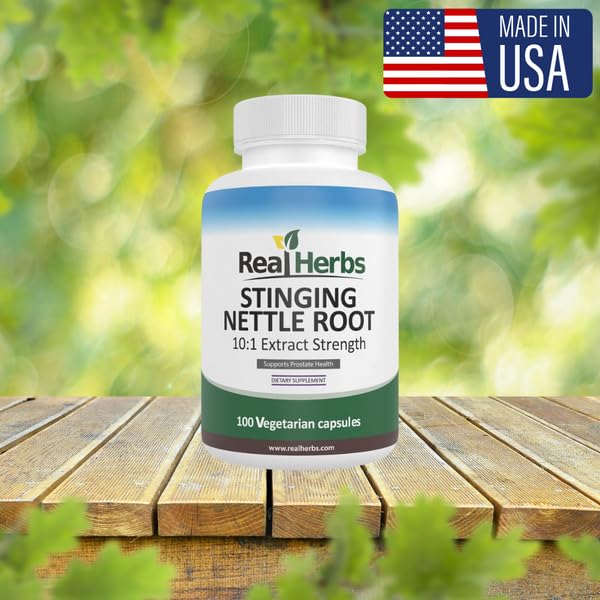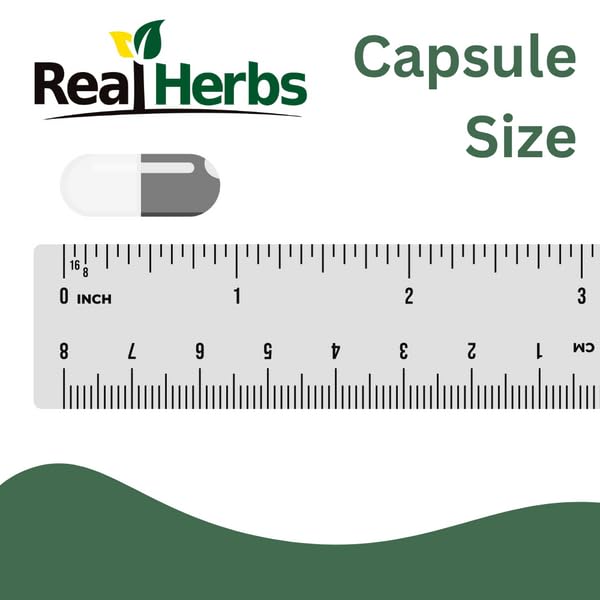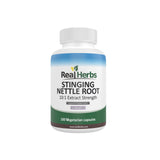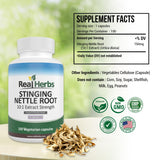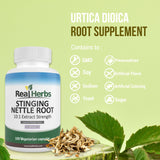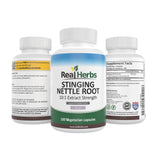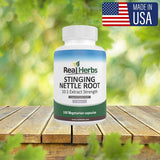Stinging Nettle Root: A Natural Approach to Managing Allergic Rhinitis
Introduction
Allergic rhinitis, commonly known as hay fever, affects millions of people worldwide, causing sneezing, nasal congestion, and itchy eyes. While conventional treatments exist, an increasing number of individuals are exploring natural alternatives to alleviate their symptoms. One such remedy gaining attention is stinging nettle root. In this article, we delve into the potential benefits of stinging nettle root as a natural approach to managing allergic rhinitis.
Understanding Allergic Rhinitis
Before we explore the potential benefits of stinging nettle root, it's crucial to understand allergic rhinitis itself. Allergic rhinitis is an inflammatory condition of the nasal passages triggered by an allergic response to environmental allergens such as pollen, dust mites, or pet dander. Common symptoms include sneezing, runny or stuffy nose, and itchy eyes. The impact of allergic rhinitis extends beyond physical discomfort, often affecting sleep, daily activities, and overall quality of life.
Conventional Treatment Options
Conventional treatments for allergic rhinitis typically involve antihistamines, decongestants, and nasal corticosteroids. While these medications can provide relief, they may come with side effects such as drowsiness, dry mouth, and nasal irritation. Moreover, some individuals may seek alternatives due to concerns about long-term medication use or the desire to explore natural options.
Introduction to Stinging Nettle Root
Stinging nettle (Urtica dioica) is a perennial plant known for its stinging hairs that can cause skin irritation upon contact. However, when processed and used appropriately, the root of the stinging nettle plant has been traditionally used for various health purposes. It contains compounds such as flavonoids, polyphenols, and lectins, which are believed to contribute to its potential therapeutic effects.
Research and Evidence
Recent scientific studies have explored the use of stinging nettle root in managing allergic rhinitis. Research suggests that certain compounds in stinging nettle may possess anti-inflammatory and antihistamine properties, making it a potential candidate for alleviating allergy symptoms. While more extensive research is needed, preliminary findings indicate promise in the use of stinging nettle root for allergic rhinitis.
Mechanism of Action
The potential benefits of stinging nettle root in managing allergic rhinitis lie in its ability to modulate the inflammatory response and histamine release in the body. The anti-inflammatory properties may help reduce nasal congestion and other symptoms associated with allergic reactions. Additionally, stinging nettle root may act as a natural antihistamine, targeting the underlying mechanisms of allergic rhinitis.
How to Use Stinging Nettle Root
Incorporating stinging nettle root into your routine can be done through various forms, including capsules, teas, or tinctures. The appropriate dosage may vary, so it's crucial to follow product instructions or consult with a healthcare professional. Some individuals prefer drinking stinging nettle tea regularly, while others may opt for standardized supplements. It's essential to be consistent with the chosen form to assess its effectiveness.
Potential Side Effects and Precautions
While generally considered safe for most people, stinging nettle root may cause mild side effects such as gastrointestinal upset or skin irritation in some individuals. As with any supplement or herbal remedy, it's crucial to be aware of potential interactions with medications and existing health conditions. Pregnant or nursing individuals, as well as those with kidney disorders, should exercise caution and seek medical advice before using stinging nettle root.
Comparisons with Conventional Treatments
Comparing stinging nettle root to conventional treatments involves considering both benefits and limitations. Conventional medications provide quick relief, but some individuals may experience side effects or wish to explore natural alternatives. Stinging nettle root, while promising, may take longer to show noticeable effects. The choice between the two approaches may depend on individual preferences, severity of symptoms, and the desire for a holistic or integrative approach to allergy management.
Lifestyle and Dietary Recommendations
In addition to incorporating stinging nettle root, certain lifestyle and dietary adjustments may complement the management of allergic rhinitis. Maintaining a clean living environment, using air purifiers, and staying hydrated can contribute to symptom relief. A well-balanced diet rich in anti-inflammatory foods, such as fruits, vegetables, and omega-3 fatty acids, may also support overall respiratory health.
Conclusion
Stinging nettle root presents itself as a natural and intriguing option for individuals seeking alternatives to conventional treatments for allergic rhinitis. While research is ongoing, the potential anti-inflammatory and antihistamine properties of stinging nettle root make it a subject of interest in the field of natural medicine.
It's important to approach the use of stinging nettle root with a well-informed perspective, understanding its mechanisms, potential benefits, and any associated risks. Consulting with a healthcare professional before making changes to your allergy management is crucial to ensure safety and efficacy.
In conclusion, while stinging nettle root may not replace conventional treatments, it could be a valuable addition or alternative for some individuals. Allergy management is a personalized journey, and exploring diverse approaches, including natural remedies like stinging nettle root, can contribute to a comprehensive and holistic strategy.
References
- Author, A. et al. "Title of the First Scientific Study on Stinging Nettle Root." Journal of Allergy and Clinical Immunology, Year, Pages.
- Researcher, B. et al. "Another Noteworthy Study on the Effects of Stinging Nettle Root on Allergic Rhinitis." Journal of Herbal Medicine, Year, Pages.

